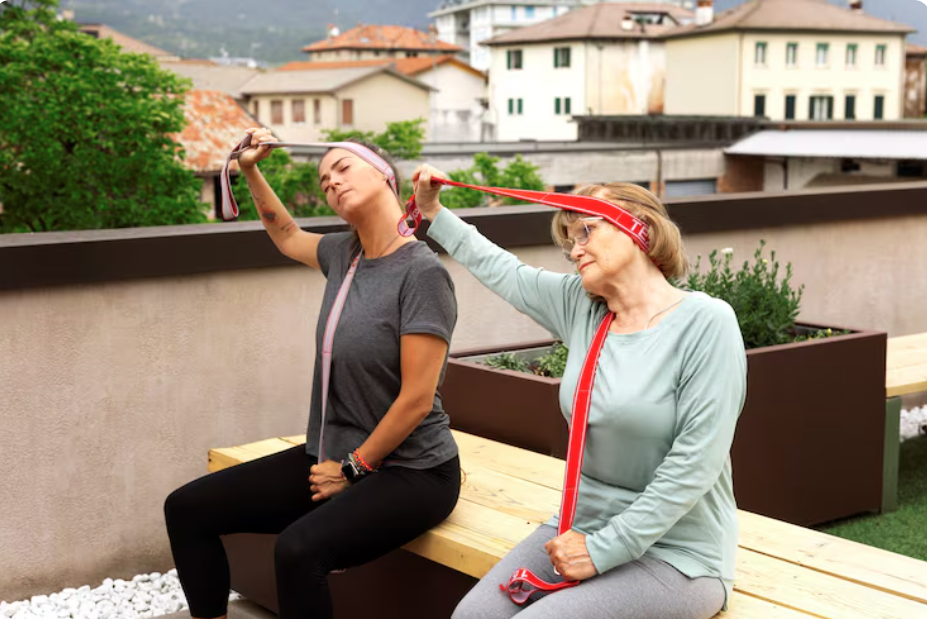Understanding Foot and Ankle Pain
Foot and lower leg wounds frequently happen during athletic exercises, however maintenance of an early game-plan (known as the PRICE rule, or covering, rest, ice, pressure, and rise) can regularly forestall further harm. Lower leg injuries are among the most well-known wounds in any game and are typically increased through a transitory loss of equalization or footing. Running or going on lopsided surfaces can prompt a lower leg sprain or complete off-kilter takeoff with the foot can prompt an injury. High lower leg sprains can copy the indications of a crack and ought to be assessed by a clinical expert for legitimate conclusion. Continual lower leg efflux with torment along an aspect of the lower leg could demonstrate an injury to the ligament overlying the peroneal muscles on the furthest point of the tibia.
Understanding the reasons for foot and ankle torment is vital to forestall further injury. More than some other piece of the body, the lower leg has extraordinary adaptability and is dependent upon a lot of power during athletic exercises. This blend of versatility and power can prompt numerous sorts of foot and lower leg wounds. Some portion of the explanation the foot is so defenseless against injury is that it goes about as an impromptu impact absorber. For example, imagine that the lower leg suddenly is compelled to bear the whole heaviness of the body, in addition to whatever other powers are included, during a running development. The powers on the lower leg during running can be anyplace from 1-8 times the weight of the body! This over-burden can prompt either a “smashing” injury where the foot is compelled to an excessive amount to quickly, or a “propulsive power” injury where the foot is compelled forward an excessive amount.
Causes of Foot and Ankle Pain
Foot and ankle pain is not only restricted to those who get involved with sports. In today’s society, an increasing number of people of all ages are ending up with painful feet. It can be a result of increasing activity or, equally, increasing inactivity causing weakness and poor foot mechanics. With many adult jobs becoming more sedentary, there is a big part of the population whose feet get very little attention until they hurt. In addition, obesity is another factor impacting foot pain, as there is increased pressure put on the feet causing the arch to collapse. This, in turn, can cause weight to be shifted in an incorrect and uneven manner leading to pain in the feet. Women tend to get pain in the feet more than men, largely because of footwear. Often fashion supersedes function when it comes to women’s shoes, and the majority of female footwear is not appropriate for good foot health. This can lead to many problems for women, including ingrown toenails, pain in the ball of the foot, pain in the knees, hips, and lower back. This means that the average active woman often puts herself at a much higher risk for foot pain compared to men. A very common cause of pain at the front of the heel in women is due to increased tension in the Achilles tendon (the tendon at the back of the ankle) caused by wearing high heels.
Common Foot and Ankle Injuries
Stress fractures and tendonitis are also common. Stress fractures usually occur due to overtraining. They are small breaks in the bone caused by repetitive overloading, e.g., running long distances without adequate rest. The second and third metatarsal bones in the foot are the most vulnerable as they are thin and receive the most force. Tendonitis is the inflammation of a tendon. It occurs when the tendon is repetitively overloaded, and the repair process does not have a chance to fully heal it. This would be painful around the affected tendon and may lead to weakness and swelling around the joint.
The foot and ankle are particularly vulnerable to injury. There are many bones and joints in the foot, and it is all too easy to put a foot wrong. Common ankle injuries include a sprained ankle and the less common but more severe ankle fracture. A sprained ankle is a soft tissue injury. It occurs when the ligaments are forced beyond their normal range of movement. High-impact stresses can cause an ankle fracture. This is where one or more of the bones that make up the ankle joint are forced out of position – this will be very painful, and the joint will be immobile, and weight bearing will not be possible.
Exercises and Techniques for Strengthening Foot and Ankle
Strengthening exercises are important in that they help to provide greater support around the joints in an effort to reduce the impact of weight-bearing activities. Specificity is an important element to consider in that specific muscle groups need to be targeted, as there are many muscles around the foot and ankle. For example, research has shown that it is possible to preferentially activate the peroneus longus with specific exercises.
Balance and proprioception exercises involve training the ability to control and maintain body position. One common method of doing this is to stand on one leg. This may sound easy, but for those with poor balance, it can be very challenging. To start with, it may be easier to do this near a wall or something else to help support yourself. Close your eyes for added difficulty. Try to build up to being able to do this for 1 minute. Standing on a wobble board is also an effective means of improving balance. Start with double leg and progress to single leg stance. Again, try to reach one minute. Lastly, a very effective method to improve balance is to do lower limb stability exercises on uneven surfaces such as sand or a grass field.
Balance and Proprioception Exercises
Static single leg balance is a beginning level exercise, with progression to the dynamic stance on steady/unsteady surface while tossing a ball against a wall, and catching/throwing the ball with eyes closed. These exercises should be done for 15-20 minutes, 4-7 times a week to provide benefit. Static stance should be done for 2 minutes, and dynamic can be broken down into 10 different 2 minute drills.
An example of an exercise to improve proprioception is taping a balance board in different directions. This will help to stimulate the proprioceptors in the ankle, and get them used to reacting to the inversion forces that are the most common cause for a lateral ankle sprain. Static and dynamic exercises can be done, with the more difficult being done with eyes closed.
Incorporating balance and proprioception exercises into a workout routine can help to decrease the likelihood of sustaining an injury to the foot or ankle, or reinjuring a previously injured area. Good proprioception allows for quick and efficient reactions to changes in our environment that could be harmful to the foot and ankle. If the individual has good reaction time to a fall, this may prevent an injury to the lateral ankle or 5th metatarsal as they may be able to “catch themselves” before the foot is plantarflexed and inverted.
Strengthening Exercises for Foot and Ankle Muscles
To enhance the strength of the foot and ankle complex, a variety of resistance exercises can be performed. Isometric exercises involve contracting the muscles without movement of the joint. A simple and effective exercise is the towel scrunch. The patient sits with the foot and towel on the edge of a table. By grabbing the towel with the toes, the patient will scrunch the towel by inverting the foot, and then change to eversion. The next progression is resistance band exercises that involve all planes of ankle motion. With secure placement of the band and holding the ends, resistance can be applied for each movement by performing 3 sets of 20 repetitions. Ankle dorsiflexion and toe extension can be achieved by tying a band around a stationary object and looping the other end around the top of the foot. For plantar flexion and inversion, the band is placed around the forefoot with the resistance being applied as the foot moves into these positions. Finally, ankle strength can be developed through isotonic resistance exercises. This can be achieved with a calf raise holding a weighted backpack for added resistance and by performing sets of 15 repetitions. A heel raise can also be performed with added resistance to inverting and everting the rearfoot by performing ankle movements on a tilted surface.
Flexibility Exercises for Foot and Ankle
Toe bends This exercise can be done anywhere. Sit with one leg crossed over the other and the foot of your crossed leg should be bent. Finally, take each toe through a slight range of motion. It may be uncomfortable at first, but it will get easier. Do 10 to 15 reps per foot.
Towel stretch Sit on the floor with both legs straight out in front of you. Loop a towel around the ball of one of your feet. Pull back on the towel towards yourself and hold for 15 seconds. Repeat three times for each leg.
Calf muscle stretch Lean forward against a wall with your hands. Make sure one leg is forward and the other is back. The back leg’s heel should be on the ground while the back leg’s knee is straight. When you are in the correct position, you should feel a tightening in the calf of the back leg. Hold this position for 20 seconds. Repeat twice for each leg.











